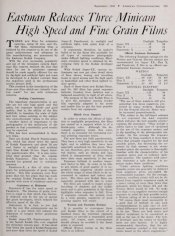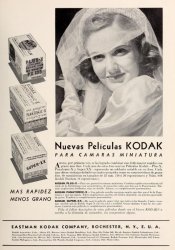I am currently scanning through 10 35mm rolls, altogether containing about 300 photos.
These rolls are Kodak Panatomic X on nitrate base, and contain photos from a 1937 trip to Egypt and Istanbul.
The photos were taken by dutch professor v.d Plaats
3 of the rolls are in good condition, the others in fair and bad shape. Some have a brown tint, others are turning dark. Perhaps the silver is oxidizing? the pictures are still recognizable, and hopefully with the power for digital enhancements I can get some good results out of the worse rolls.
The rolls:

Each roll was/is stored in its own aluminum container.
Here is the archive, note this is a work-in-progress:
https://www.flickr.com/photos/161307915@N03/albums/72157696452235130
Some scans so far:






Scans done at 4000 DPI with Nikon Super Coolscan 8000 ED and vuescan software.
Tell me what you think of the photos and scans!
regards,,
Niels
These rolls are Kodak Panatomic X on nitrate base, and contain photos from a 1937 trip to Egypt and Istanbul.
The photos were taken by dutch professor v.d Plaats
3 of the rolls are in good condition, the others in fair and bad shape. Some have a brown tint, others are turning dark. Perhaps the silver is oxidizing? the pictures are still recognizable, and hopefully with the power for digital enhancements I can get some good results out of the worse rolls.
The rolls:

Each roll was/is stored in its own aluminum container.
Here is the archive, note this is a work-in-progress:
https://www.flickr.com/photos/161307915@N03/albums/72157696452235130
Some scans so far:






Scans done at 4000 DPI with Nikon Super Coolscan 8000 ED and vuescan software.
Tell me what you think of the photos and scans!
regards,,
Niels
Last edited:














